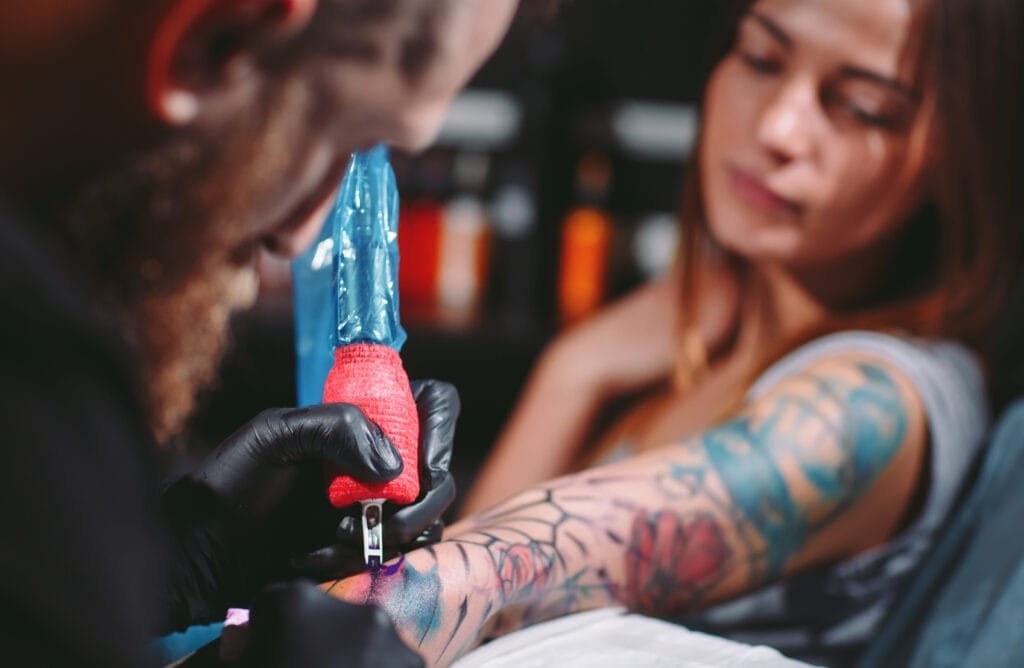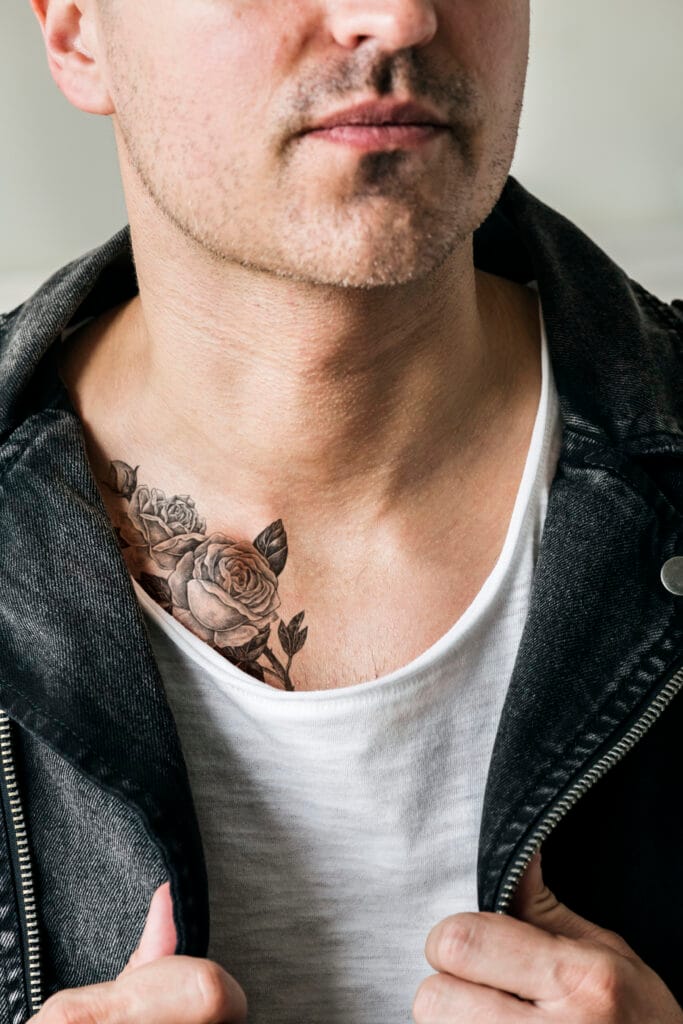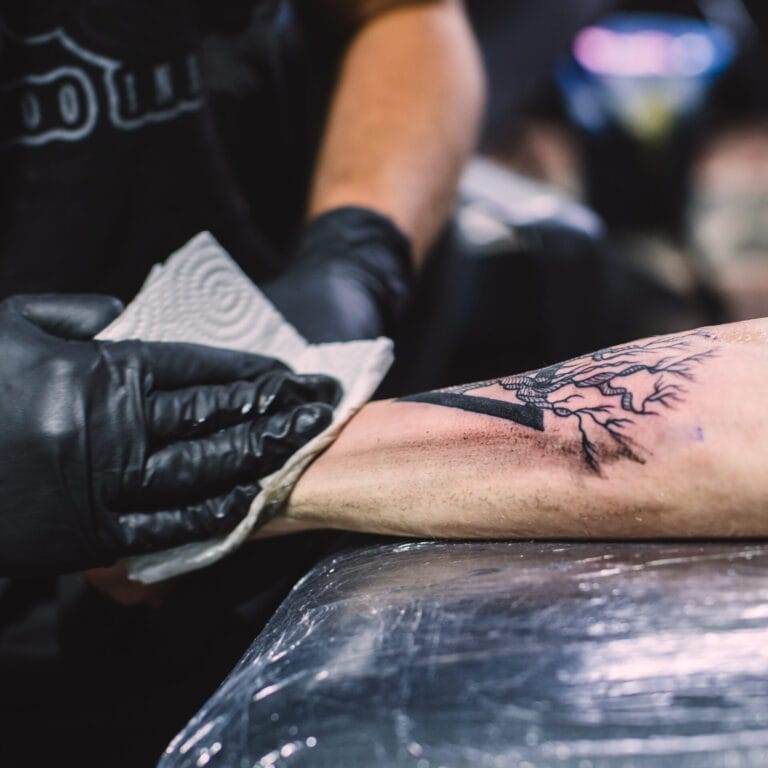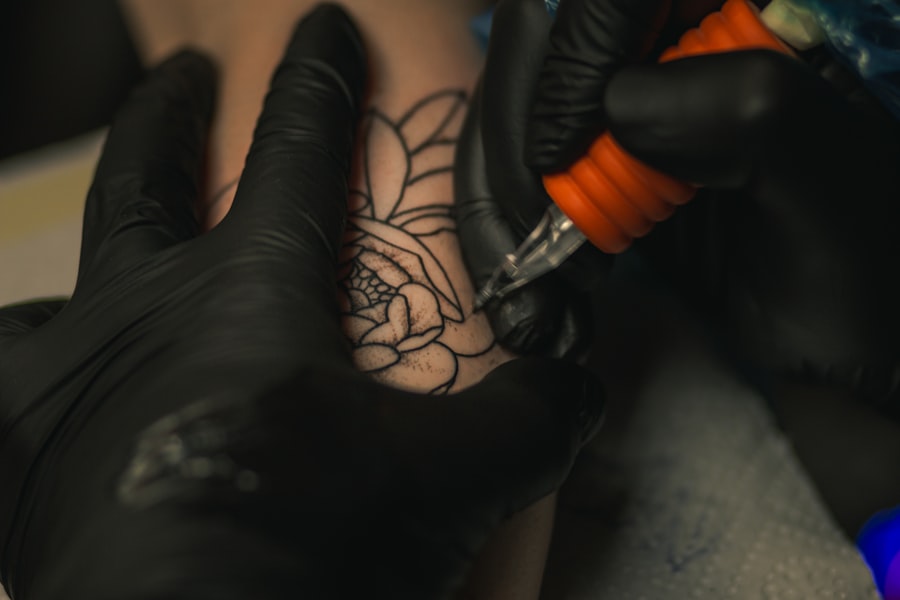
Tattooing has evolved from a niche art form into a mainstream practice embraced by millions around the globe. As its popularity has surged, so too has the need for stringent safety standards to protect both clients and artists. Tattoo safety standards encompass a range of practices designed to minimize health risks associated with the tattooing process.
These standards are not merely guidelines; they are essential protocols that ensure the well-being of everyone involved. In a world where personal expression is celebrated, it is crucial to prioritize safety and hygiene in tattoo studios. The establishment of safety standards in tattooing is a response to the potential health hazards that can arise from improper practices.
The skin is the body’s largest organ, and when it is punctured, it creates an entry point for pathogens. Therefore, understanding and adhering to safety protocols is vital for preventing infections and other complications. Tattoo studios, such as Redemption Ink in San Diego, are committed to upholding these standards, ensuring that clients can enjoy their body art with peace of mind.
Key Takeaways
- Introduction to Tattoo Safety Standards:
- Tattoo safety standards are crucial for protecting both the client and the artist from potential health risks associated with tattooing.
- Importance of Sterilization Practices in Tattooing:
- Proper sterilization practices are essential in preventing the spread of infections and diseases during the tattooing process.
- The Role of Health Regulations in Tattoo Safety:
- Health regulations play a vital role in ensuring that tattoo studios adhere to strict standards for cleanliness and sterilization.
- The Risks of Non-Sterile Tattooing Practices:
- Non-sterile tattooing practices can lead to serious health complications, including infections, allergic reactions, and the transmission of bloodborne pathogens.
- Best Practices for Sterilization in Tattoo Studios:
- Tattoo studios should implement best practices for sterilization, including the use of autoclaves, disposable barriers, and proper cleaning protocols to maintain a safe environment for clients.
Importance of Sterilization Practices in Tattooing
Sterilization practices are at the heart of tattoo safety. They involve the thorough cleaning and disinfecting of equipment and surfaces to eliminate any potential pathogens that could lead to infections. The importance of these practices cannot be overstated; they are fundamental to maintaining a safe environment for both clients and artists.
In a tattoo studio, where needles and other instruments come into direct contact with blood and bodily fluids, the risk of transmitting infections is significant. Therefore, rigorous sterilization protocols are essential. At Redemption Ink, the commitment to sterilization is evident in every aspect of the tattooing process.
Artists utilize autoclaves to sterilize reusable equipment, ensuring that all tools are free from harmful microorganisms before each use. This meticulous attention to detail not only protects clients but also fosters a culture of safety within the studio. By prioritizing sterilization practices, tattoo artists can focus on their craft while minimizing health risks, creating a positive experience for everyone involved.
The Role of Health Regulations in Tattoo Safety
Health regulations play a crucial role in establishing and enforcing safety standards within the tattoo industry. These regulations are often set forth by local health departments and governing bodies, providing a framework for safe tattooing practices. Compliance with these regulations is not optional; it is a legal requirement that ensures studios operate within established safety parameters.
By adhering to health regulations, tattoo studios demonstrate their commitment to client safety and public health. In San Diego, Redemption Ink adheres strictly to local health regulations, which dictate everything from sanitation procedures to artist training requirements. These regulations are designed to protect clients from potential health risks associated with tattooing.
Regular inspections by health officials ensure that studios maintain high standards of cleanliness and safety. By operating within these guidelines, Redemption Ink not only safeguards its clients but also contributes to the overall integrity of the tattoo industry.
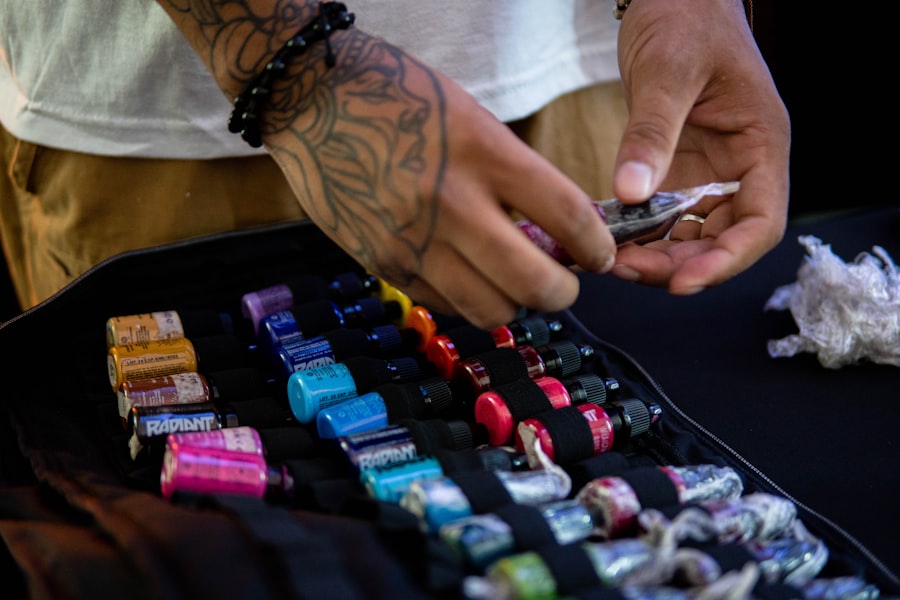
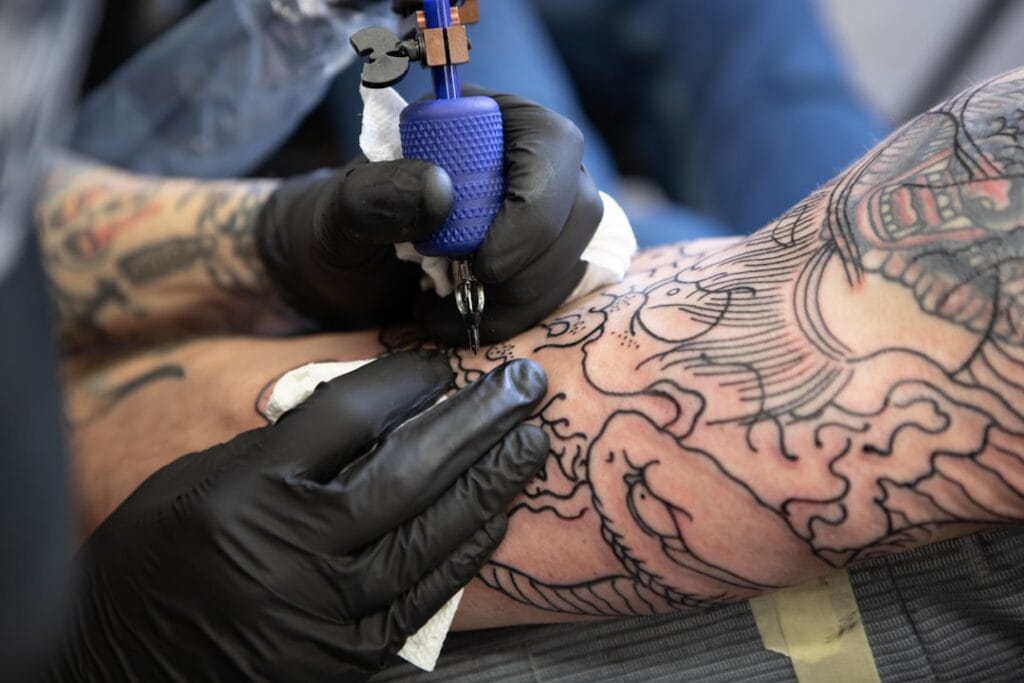
The Risks of Non-Sterile Tattooing Practices
The risks associated with non-sterile tattooing practices can be severe and far-reaching. When proper sterilization protocols are not followed, clients may be exposed to a range of infections, including bacterial infections, viral infections such as hepatitis B and C, and even HIV. These infections can lead to serious health complications, requiring medical intervention and potentially resulting in long-term health issues.
The consequences of neglecting sterilization practices extend beyond individual clients; they can also impact the reputation of the entire tattoo industry. Moreover, non-sterile practices can lead to complications such as allergic reactions or skin irritations, which can mar the experience of getting a tattoo. Clients may find themselves dealing with painful rashes or other adverse reactions that could have been easily avoided through proper sterilization methods.
At Redemption Ink, the focus on maintaining a sterile environment helps mitigate these risks, allowing clients to enjoy their tattoos without fear of negative health outcomes.
Best Practices for Sterilization in Tattoo Studios
Implementing best practices for sterilization in tattoo studios is essential for ensuring client safety and maintaining a professional environment. One of the most effective methods for sterilizing equipment is the use of autoclaves, which utilize high-pressure steam to eliminate bacteria and viruses from reusable tools. In addition to autoclaving, studios should also employ thorough cleaning protocols for surfaces and workstations, using hospital-grade disinfectants to ensure that all areas are free from contaminants.
At Redemption Ink, artists are trained in best practices for sterilization, ensuring that every step of the tattooing process adheres to established safety standards. This includes not only the sterilization of equipment but also the proper disposal of single-use items such as needles and ink caps. By following these best practices, tattoo studios can create a safe environment that prioritizes client health while also fostering trust between artists and clients.
The Use of Single-Use Equipment in Tattooing
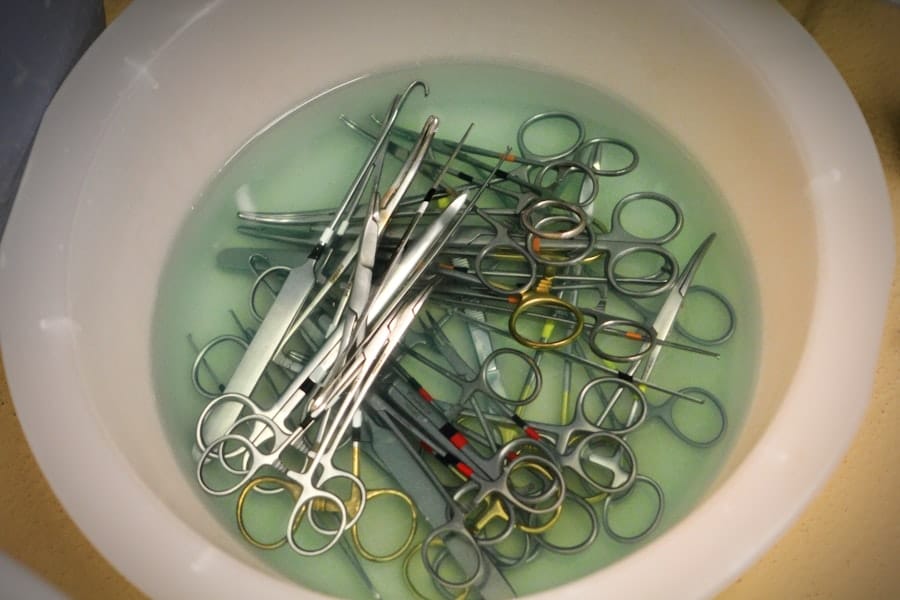
The use of single-use equipment is a cornerstone of modern tattoo safety practices. Single-use items, such as needles and ink cups, are designed for one-time use only, significantly reducing the risk of cross-contamination between clients. By utilizing single-use equipment, tattoo artists can ensure that each client receives a completely sterile experience, free from any potential pathogens left behind by previous clients.
Redemption Ink places a strong emphasis on the use of single-use equipment in its tattooing process. This commitment not only enhances client safety but also reflects a broader trend within the industry toward prioritizing hygiene and cleanliness. By adopting single-use practices, studios can effectively minimize health risks while providing clients with peace of mind during their tattoo experience.
Training and Certification for Tattoo Artists in Sterilization Practices
Training and certification for tattoo artists in sterilization practices are vital components of maintaining high safety standards within the industry. Comprehensive training programs equip artists with the knowledge and skills necessary to implement effective sterilization protocols in their work. These programs often cover topics such as infection control, proper equipment handling, and best practices for maintaining a clean workspace.
At Redemption Ink, artists undergo rigorous training that emphasizes the importance of sterilization in their craft. This training not only prepares them to create beautiful tattoos but also instills a deep understanding of the health implications associated with their work. By prioritizing education and certification in sterilization practices, Redemption Ink ensures that its artists are well-equipped to provide safe and hygienic services to clients.
The Future of Tattoo Safety Standards and Sterilization Practices
As the tattoo industry continues to grow and evolve, so too will the standards surrounding safety and sterilization practices. The future will likely see advancements in technology that enhance sterilization methods and improve overall hygiene in tattoo studios. Innovations such as improved autoclave systems or new materials for single-use equipment may emerge, further reducing health risks associated with tattooing.
Moreover, as public awareness regarding health and safety increases, clients will likely demand higher standards from tattoo studios. This shift will encourage more studios to adopt rigorous sterilization practices and invest in artist training programs focused on hygiene and safety. At Redemption Ink, the commitment to staying ahead of industry trends ensures that clients receive not only exceptional artistry but also the highest level of safety during their tattoo experience.
In conclusion, tattoo safety standards are essential for protecting both clients and artists within the industry. By prioritizing sterilization practices, adhering to health regulations, utilizing single-use equipment, and investing in training for artists, studios like Redemption Ink in San Diego exemplify a commitment to client safety that is crucial in today’s tattoo landscape. As the industry continues to evolve, maintaining high standards will be paramount in ensuring that tattooing remains a safe and enjoyable form of self-expression for all.
FAQs
What are tattoo safety standards?
Tattoo safety standards are guidelines and regulations put in place to ensure the safety and well-being of both the tattoo artist and the client. These standards cover areas such as hygiene, sterilization, equipment maintenance, and proper tattooing techniques.
What are sterilization practices in the tattoo industry?
Sterilization practices in the tattoo industry involve the use of autoclaves to sterilize reusable equipment, such as needles and tubes, and the use of single-use disposable items whenever possible. This helps to prevent the spread of infections and diseases.
Why are tattoo safety standards and sterilization practices important?
Tattoo safety standards and sterilization practices are important to protect both the tattoo artist and the client from the risk of infections, diseases, and other health hazards. Adhering to these standards also helps to maintain the reputation and professionalism of the tattoo industry.
What should clients look for in a tattoo studio in terms of safety standards and sterilization practices?
Clients should look for a clean and well-maintained studio, where the tattoo artist follows proper hygiene and sterilization practices. They should also ensure that the studio uses single-use disposable items whenever possible and that the artist is knowledgeable about safety standards.
How can tattoo artists stay updated on safety standards and sterilization practices?
Tattoo artists can stay updated on safety standards and sterilization practices by attending regular training and certification courses, staying informed about industry updates and regulations, and networking with other professionals in the field.
